Pressure canning English peas is a time-honored method of preserving these vibrant green gems in all their freshness and flavor. Whether you’ve harvested an abundant pea crop from your garden or snagged a bushel at the local farmers’ market, pressure canning provides a reliable way to extend the life of your peas while retaining their nutritional value. Let’s talk about the intricacies of pressure canning peas, exploring the step-by-step process, essential equipment, and tips for achieving optimal results.
Pressure Canning English Peas 101
Let’s discuss the unique characteristics and considerations that make English peas a prime candidate for pressure canning. This recipe comes from Ball Canning’s Complete Book of Home Preserving on page 390.
The Distinctive Charms of English Peas
English peas, also known as garden peas or sweet peas, boast distinct qualities that set them apart in the world of legumes. Recognized for their plumpness and sweet flavor, these peas are encased in tender pods, making them a culinary delight. The decision to pressure can English peas is driven by the desire to preserve these distinctive charms throughout the year.
Why Choose English Peas for Pressure Canning
English peas, when harvested at their peak ripeness, encapsulate a flavor profile that is both sweet and vibrant. What makes English peas not only a delectable choice for consumption but also a rewarding candidate for preservation through pressure canning?
Key Considerations
- Flavor Retention: English peas have a delicate flavor that, when preserved through pressure canning, retains its original essence, ensuring a burst of freshness with every bite.
- Tenderness Preservation: The tender texture of English peas is a defining feature. Pressure canning aims to maintain this tenderness, allowing them to be enjoyed in various culinary applications.
Use Quality Garden Peas
Quality begins at the source – your English pea harvest. Harvesting English peas at their peak ripeness not only guarantees a more robust flavor but also enhances their nutritional content. When peas are picked at just the right moment, the sugars within are at their prime, contributing to the signature sweetness that makes English peas a culinary treasure.
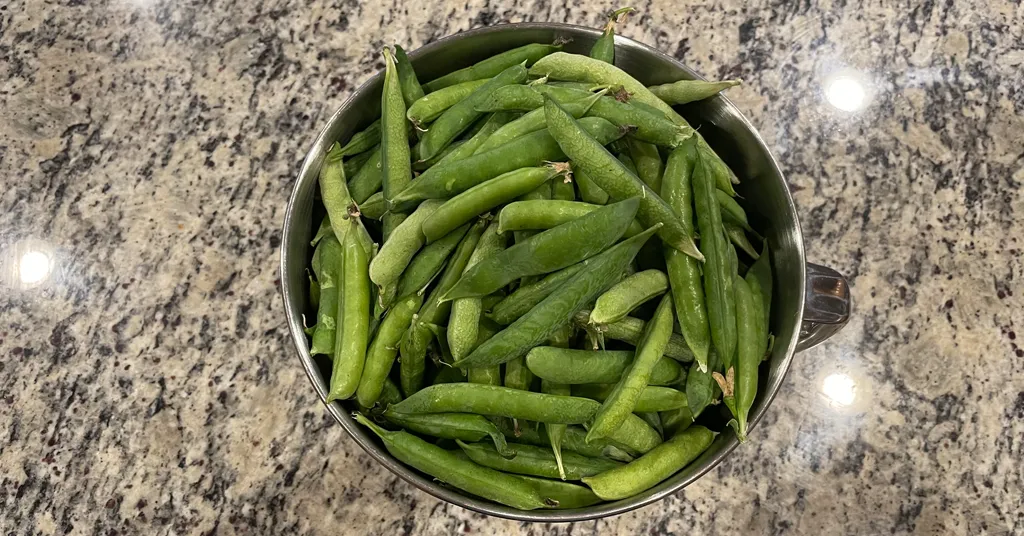
Texture Matters for Pressure Canning Peas
Beyond flavor, the texture of English peas plays a pivotal role in their appeal. Quality peas boast a tender yet crisp texture that elevates them from ordinary to extraordinary. Pressure canning, when done with precision, aims to retain this desirable texture, allowing you to enjoy the satisfying pop and tenderness characteristic of freshly harvested English peas.
Nutritional Value Intact
While the canning process involves heat and pressure, the goal is not to compromise the nutritional value of English peas. High-quality peas, rich in vitamins, minerals, and antioxidants, offer a nutritional boost to your meals. Pressure canning ensures that these valuable nutrients remain largely intact, allowing you to savor the health benefits of English peas throughout the year.
Ingredients List
This recipe really only requires peas. It is a simple recipe for delicious sweet peas.
- You will need about 4 1/2 lbs (2 kg) of pea pods for each quart (1 L) jar.
- Salt (optional)
- Hot Water
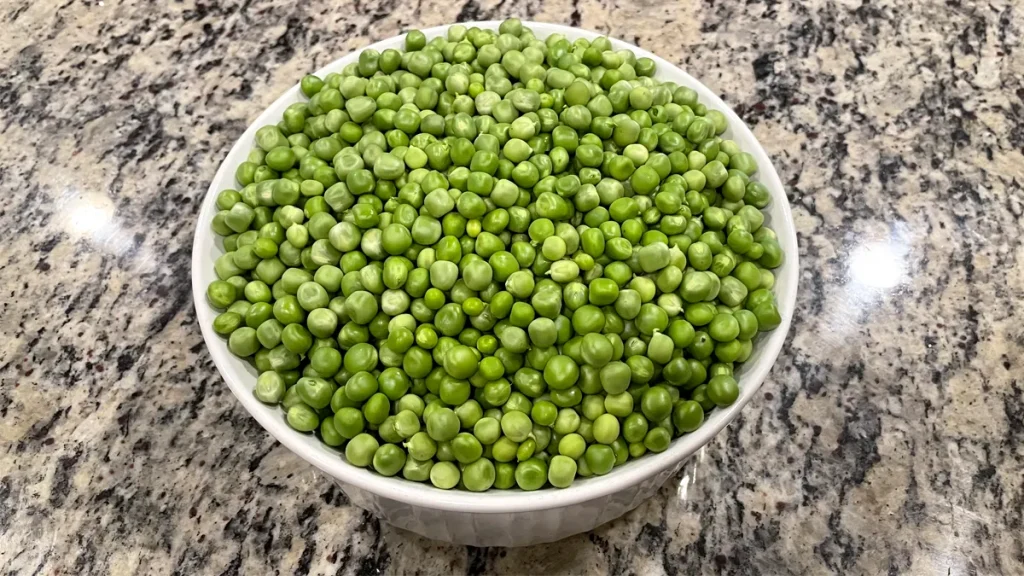
Equipment List for Pressure Canning Peas
Here is a listing of the equipment needed for this pressure canning peas recipe:
Methods of Packing Jars for Pressure Canning Peas
Raw-Pack Method
In the raw-pack method the food is left uncooked. If you use this method, be sure to firmly pack the peas in the jar. Raw peas are not as pliable. During processing, the peas will shrink and soften, which may result in a jar that is not as full as you expected. The peas are also more likely to float when the raw-packing method has been used. This method is recommended only for foods that become more delicate after they are cooked.
Hot-Pack Method
In the hot-pack method the peas are precooked in water, making them more pliable. This method permits a tighter pack and requires fewer jars. The hot-pack method is usually preferred for vegetables that are relatively firm and easy to handle.
Step-by-Step Pressure Canning Peas Instructions
For this recipe you can either use the raw-pack or the hot-pack method to pack the peas in the jars. This recipe comes from Ball Canning’s Complete Book of Home Preserving on page 390.
Prepare Pressure Canner and Jars
- Prepare your Pressure Canner according to Manufacturer instructions.
- Clean jars and lids with warm soapy water. Ensure the jars do not have any chips or bubbles in the glass. Heat jars in hot water.
Prepare Peas
- Wash Pea pods under cold running water and then drain.
- Shell peas into a bowl. Wash again and drain.
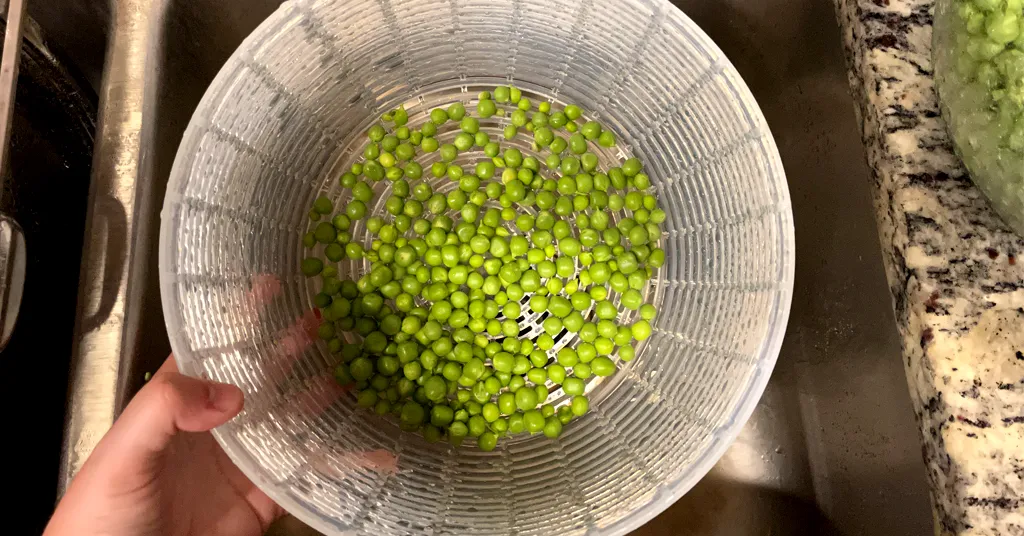
Using the Raw-Pack Method for Peas
- Bring water to a boil in an electric water kettle or a large pot on your stove. Reduce to a simmer, keeping your water hot.
- Loosely pack peas in hot jars leaving a generous 1-inch (2.5 cm) headspace. Do not shake or press the peas down.
- Optional: add 1/2 tsp salt per pint jar or 1 tsp salt per quart jar.
- Ladle or pour hot water over peas leaving 1 inch (2.5 cm) of headspace.

Join My Preserving Guide Facebook Group
Expert tips, tested recipes, and vibrant discussions on canning, dehydrating, freezing, and all things food preservation!
Using the Hot-Pack Method for Peas
- In a stainless steel saucepan, combine peas with boiling water to cover. Bring to a boil over medium-high heat. Boil small peas (less than 1/4 inch (0.5 cm)) for 3 minutes and larger peas for 5 minutes until heated through. Drain, reserving cooking liquid for packing if desired.
- Rinse peas in hot water and drain again.
- Pack hot peas into a hot jar leaving a generous 1-inch (2.5 cm) headspace. Ladle hot cooking liquid or hot water into hot jars leaving a generous 1-inch (2.5 cm) headspace.
- Optional: add 1/2 tsp salt per pint jar or 1 tsp salt per quart jar.
Instructions Continued for Both Methods
- Remove air bubbles from the jars using your de-bubbler. Adjust headspace as needed by adding more hot water.
- Clean your jar rim with a damp paper towel.
- Place the lid and the band on your jar. Adjust to fingertip tight.
- Using your jar lifter place your jar into your prepared hot pressure canner.
- Repeat until all peas are used.
- Adjust the water level if needed in the canner, lock the pressure canner lid, and bring it to a boil over medium-high heat. Vent steam for 10 minutes, then close the vent. Continue heating your pressure canner to achieve 10 lbs (69 kPa) of pressure (Make sure to adjust for your altitude) and maintain that pressure for the entire cooking time.
- Process both Pint Jars (500 mL) and Quart Jars (1 L) for 40 minutes. Set a timer so it is much easier to remember how long you need to pressure can for.
- Turn off the heat when the timer is complete. Let pressure return to zero naturally. Wait 2 minutes after the pressure gauge reads 0, then open your vent. Remove your canner lid (making sure to lift it away from you so you don’t get burned by the steam).
- Leave jars in the pressure canner for 10 minutes after you remove the lid. Using your jar lifer carefully move the jars onto a wire rack or kitchen towel to allow them to cool. When moving the jars try not to tilt them to the side as this could affect the seal of the jars. Allow your jars to cool for 12-24 hours before handling.
- Once cool, remove the canning rings from the jars. Wash your jars off to ensure no food residue on the outside of the jar from processing. Label your jar with the name of the recipe and date. This will help you remember what recipe you used to can and the date will allow you to use the oldest canned goods first.
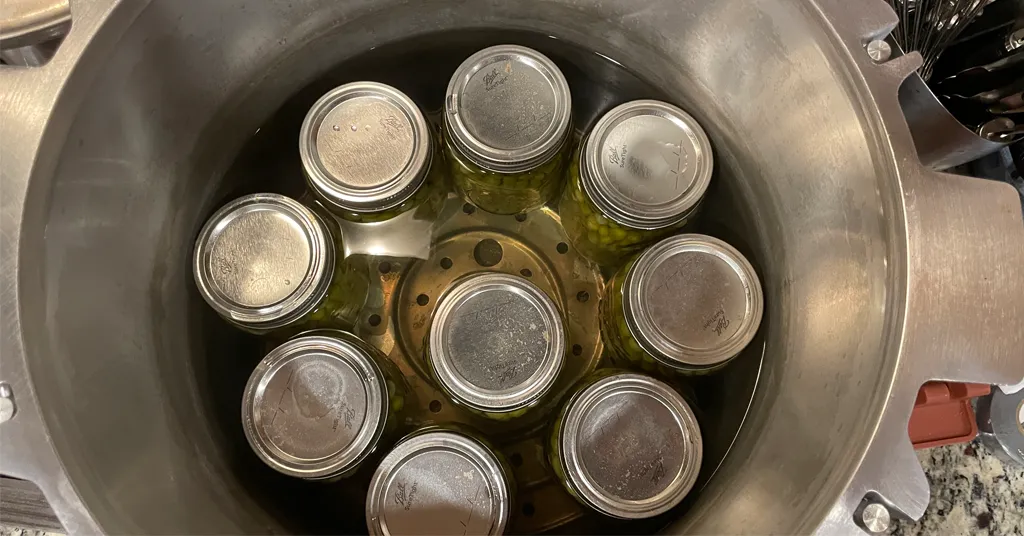
An alternate way to preserve peas is to freeze them. If you would like addition information on freezing peas check out this article:
Additional Pressure Canning Recipes
Here are some additional pressure canning recipes that are simple and only require a few ingredients.
Recipe Card
Pressure Canning Peas
Equipment
- Pint Size Canning Jars or Quart Size Canning Jars
- Quart size canning jars or Pint Size Canning Jars
- Water kettle or pot of hot water
Ingredients
- 4 1/2 lbs Pea Pods You will need about 4 1/2 lbs (2 kg) of pea pods for each quart (1 L) jar.
- Salt Optional
- Hot Water or hot cooking water
Want to Save this Recipe?
Instructions
- Prepare your Pressure Canner according to Manufacturer instructions.
- Clean jars and lids with warm soapy water. Ensure the jars do not have any chips or bubbles in the glass. Heat jars in hot water.
- Wash Pea pods under cold running water and then drain. Shell peas into a bowl. Wash again and drain.
- Raw Pack Method
- Bring water to a boil in an electric water kettle or a large pot on your stove. Reduce to a simmer, keeping your water hot.
- Loosely pack peas in hot jars leaving a generous 1-inch (2.5 cm) headspace. Do not shake or press the peas down.
- Optional: add 1/2 tsp salt per pint jar or 1 tsp salt per quart jar.
- Ladle or pour hot water over peas leaving 1 inch (2.5 cm) of headspace.
- Hot Pack Method
- In a stainless steel saucepan, combine peas with boiling water to cover. Bring to a boil over medium-high heat. Boil small peas (less than 1/4 inch (0.5 cm)) for 3 minutes and larger peas for 5 minutes until heated through. Drain, reserving cooking liquid for packing if desired.
- Rinse peas in hot water and drain again.
- Pack hot peas into a hot jar leaving a generous 1-inch (2.5 cm) headspace. Ladle hot cooking liquid or hot water into hot jars leaving a generous 1-inch (2.5 cm) headspace.
- Optional: add 1/2 tsp salt per pint jar or 1 tsp salt per quart jar.
- Instructions Continued for recipes using either the raw pack or hot pack method
- Remove air bubbles from the jars using your de-bubbler. Adjust headspace as needed by adding more hot water.
- Clean your jar rim with a damp paper towel.
- Place the lid and the band on your jar. Adjust to fingertip tight.
- Using your jar lifter place your jar into your prepared hot pressure canner.
- Repeat until all peas are used.
- Adjust the water level if needed in the canner, lock the pressure canner lid, and bring it to a boil over medium-high heat. Vent steam for 10 minutes, then close the vent. Continue heating your pressure canner to achieve 10 lbs (69 kPa) of pressure (Make sure to adjust for your altitude) and maintain that pressure for the entire cooking time.
- Process both Pint Jars (500 mL) and Quart Jars (1 L) for 40 minutes. Set a timer so it is much easier to remember how long you need to pressure can for.
- Turn off the heat when the timer is complete. Let pressure return to zero naturally. Wait 2 minutes after the pressure gauge reads 0, then open your vent. Remove your canner lid (making sure to lift it away from you so you don't get burned by the steam).
- Leave jars in the pressure canner for 10 minutes after you remove the lid. Using your jar lifer carefully move the jars onto a wire rack or kitchen towel to allow them to cool. When moving the jars try not to tilt them to the side as this could affect the seal of the jars. Allow your jars to cool for 12-24 hours before handling.
- Once cool, remove the canning rings from the jars. Wash your jars off to ensure no food residue on the outside of the jar from processing. Label your jar with the name of the recipe and date. This will help you remember what recipe you used to can and the date will allow you to use the oldest canned goods first.
Notes
Editorial Process
At Preserving Guide, I take pride in my thorough and impartial approach to recipe and product reviews. Read my editorial process for detailsRobin
Robin Phelps has been preserving food for her family for over 20 years. Today, Robin is a full-time home preservation blogger and coach. Join Robin to learn how to easily make delicious and safe homemade preserved items.


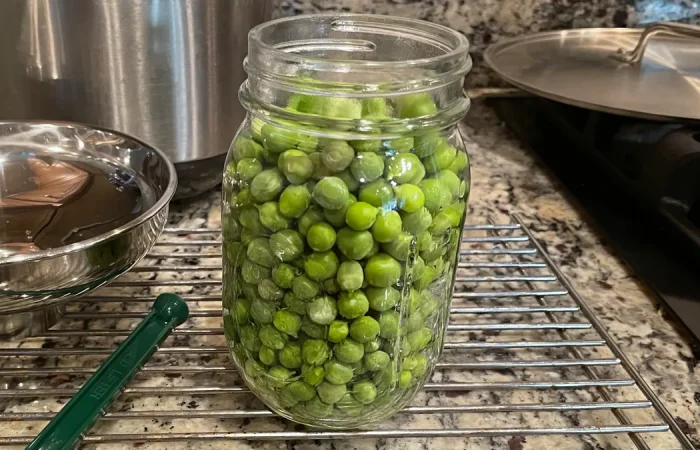
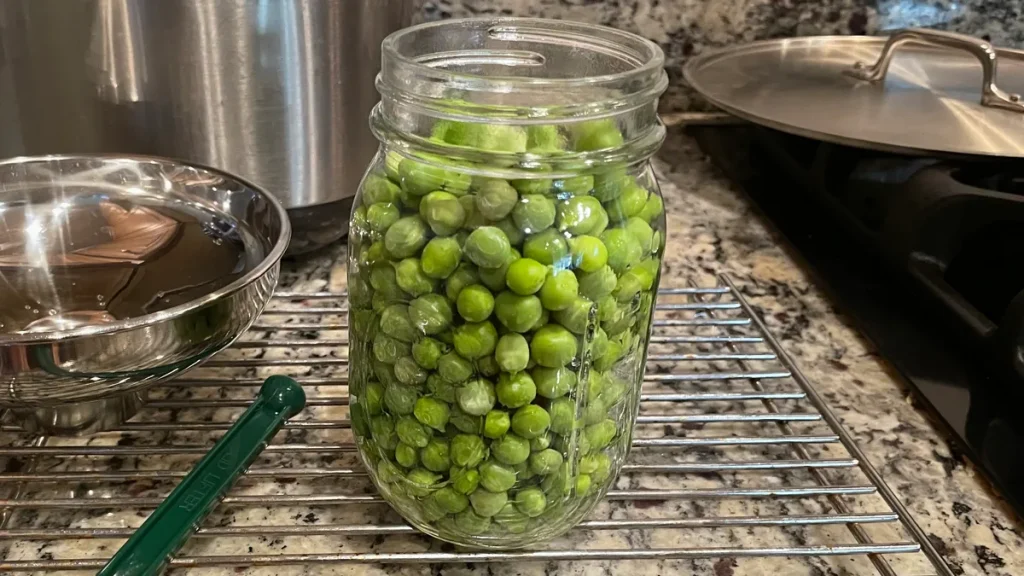
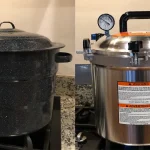
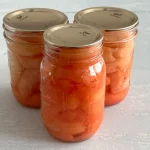
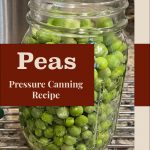
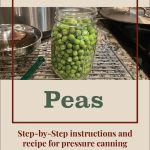
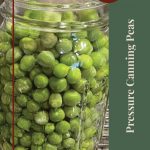
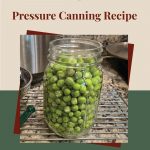
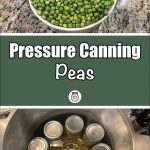
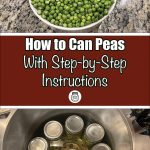
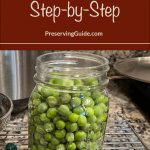
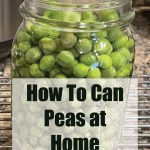
No Comment! Be the first one.